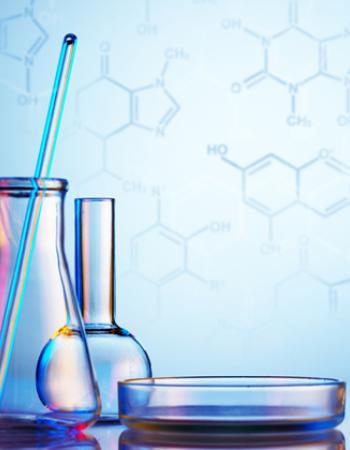Application of new oleate-based ionic liquids for effective breaking of water in oil emulsions.
In recent years, the use of natural compounds has gained much attention due to their low toxicity and wide availability. This work focused on using oleic acid (OA) as a widely available natural compound for synthesizing two new ionic liquids (ILs) and applying them to break water-in-oil (W/O) emulsions. For that, OA was epoxi-dized by m-chloroperbenzoic acid (mCPBA) to yield epoxidized oleic acid (EOA). Following this, amines, either pentaethylenhexamine, or tetraethylenepentamine, were reacted with EOA, yielding the corresponding ILs, EAPA-IL, and EATA-IL. Several techniques were used to characterize EAPA-IL and EATA-IL. Furthermore, the performance of EAPA-IL and EATA-IL for breaking W/O emulsion was examined. The factors affecting breaking these emulsions, including water ratio and demulsifier concentration, were studied. EAPA-IL and EATA-IL achieved efficient performance, reaching 100% at several demulsifier concentrations. The data showed that the performance increased as their concentration increased with time. Furthermore, EAPA-IL and EATA-IL separated clean water.

In recent years, the use of natural compounds has gained much attention due to their low toxicity and wide availability. This work focused on using oleic acid (OA) as a widely available natural…

A convenient and facile synthesis of (E)-Tert-butyl 2-(4-methoxybenzylidine) hydrazine carboxylate(a), (E)Tert-butyl-2-benzylidene hydrazine carboxylate(b), (E)-Tert-butyl-2-(2-nitrobenzylidene)…

Development of highly competent and stable electrocatalysts for electrochemical water splitting to attain oxygen evolution reaction (OER) and hydrogen evolution reaction (HER) is highly…

